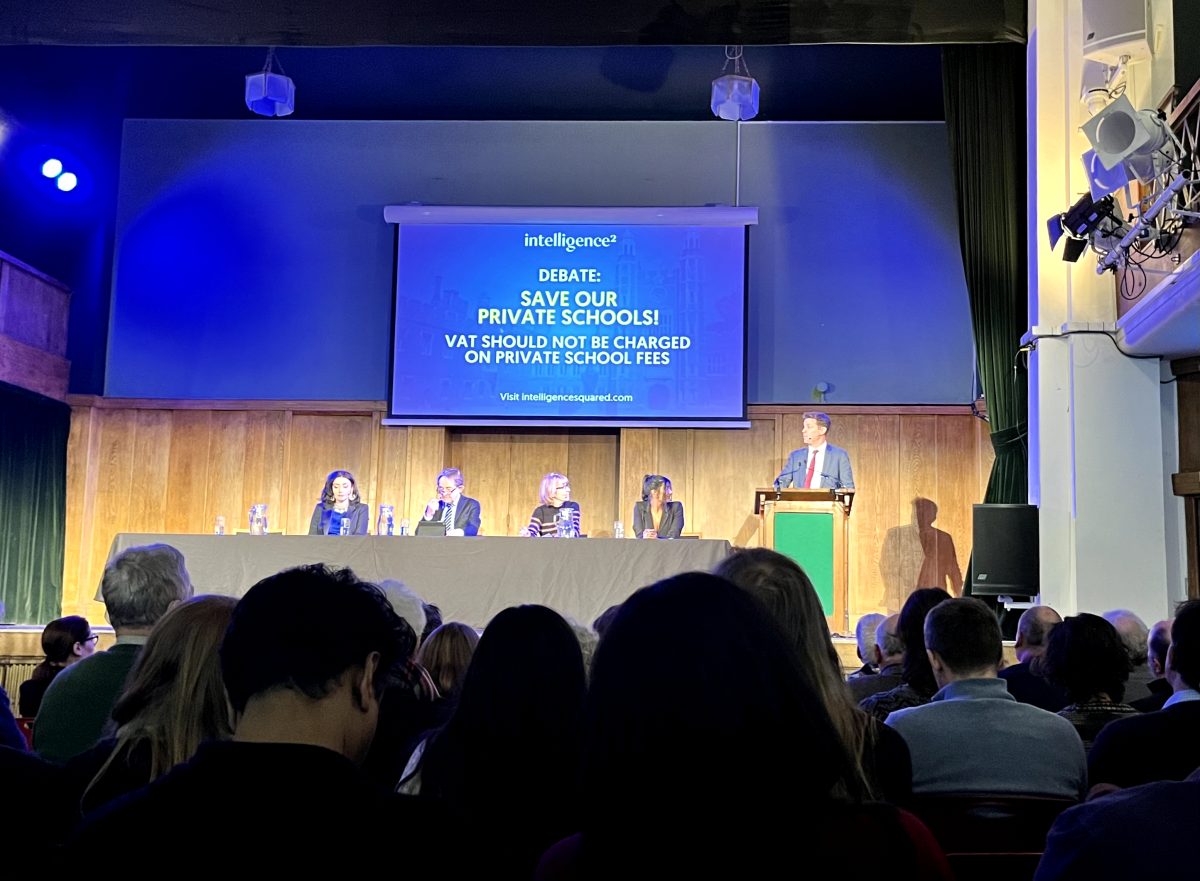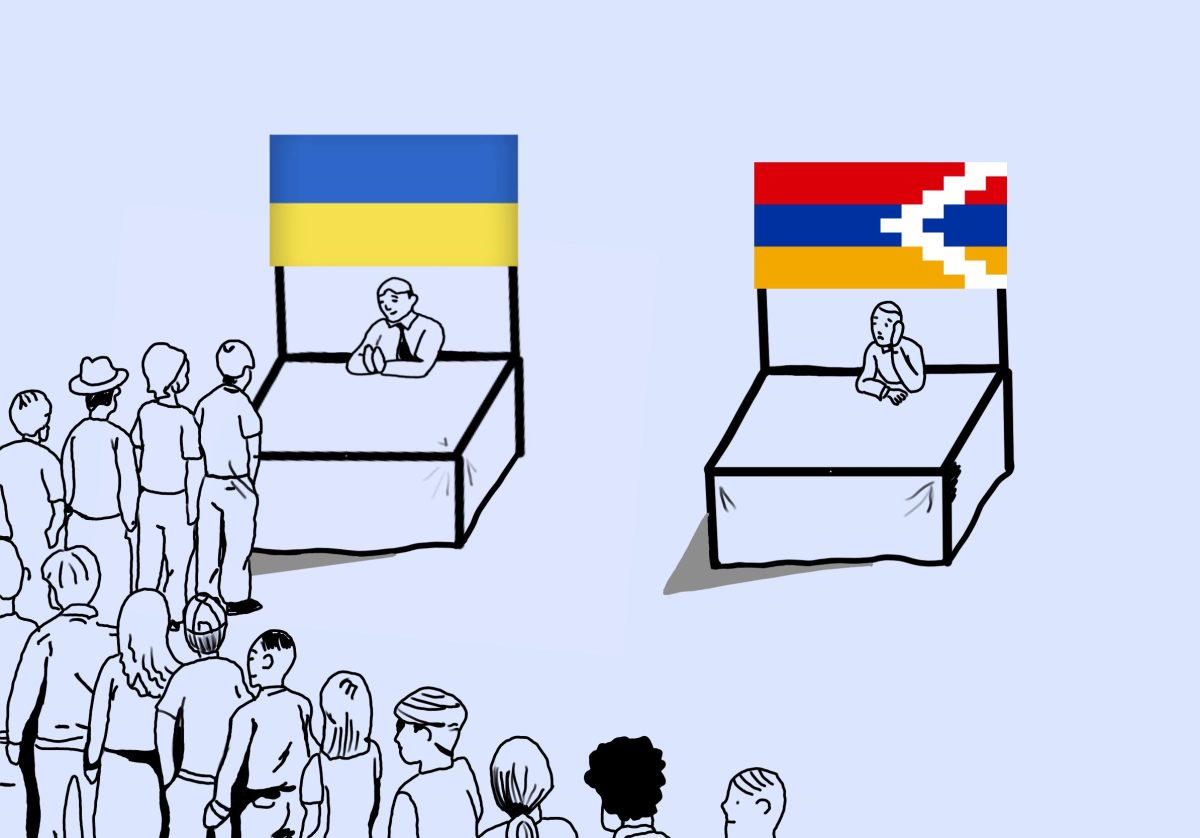Due to the increasingly blurred line between social media and reality, how an individual presents themselves online tends to be an extension of their real self.
However, people often lean toward constructing an online narrative embodying how they want to be perceived by others rather than who they really are. Teenagers, in particular, attempt to appeal to whatever group under which they wish to be categorized.
According to a study conducted by Pew Research Center, in 2018, 97% of 13-17-year olds use social media platforms like Instagram, Snapchat and TikTok. Through these apps, viral trends become increasingly more appealing to teenagers.
Notably, TikTok promotes a significant number of trends. A video about fashion, food or even a particular sound or video format going viral instantly causes a ripple effect. Regardless of whether it is a new pair of Zara jeans or the now infamous tomato and feta pasta, trends move from the internet to reality within days.
Trends create a culture of conformity; if one doesn’t stay up to date with what’s “in,” they are quickly categorized as “other.” Extending beyond social media, people who wear certain clothing or listen to music that isn’t considered relevant to today’s trends are instantly judged. Rather than choosing what to wear or how to act based on personal preference, people tend to rely upon trends and external perceptions.
Trends create a culture of conformity; if one doesn’t stay up to date with what’s “in,” they are quickly categorized as “other.
Additionally, social media limits individuality by allowing nearly everyone access to a shared drive of background knowledge.
Returning to the viral nature of TikTok, a popular sound or video will quickly trickle into daily behaviour. Mannerisms, dances and phrases from the app become mainstream. In this way, everyone starts to act the same.
Social media is often referred to as a highlight reel. However, this “highlight reel” is not just a random summary of personal highs; it is carefully curated to fit the aesthetic or group that individuals want to represent. As a result, it has become common to form perceptions and assumptions about an individual based on their online presence.
Whether someone posts C4-filtered group pictures, blurry mirror selfies or shots of them on the sports field, we classify them according to their Instagram aesthetic and judge accordingly. The individual disappears into the collective.
We’ve seen this on a higher scale than Instagram profiles: political climates have become increasingly polarized because one’s online activity leads them to only interact in spaces that constantly echo their opinions, leaving very little room for nuance or discussion. In turn, this leads to greater radicalization and normalizes writing people off due to their political views.
Students should recognize how social media has influenced the way they present themselves and perceive others. As the pool of information that we have access to becomes more and more uniform, it is critical for one to develop their beliefs and personality independent of online influences.






